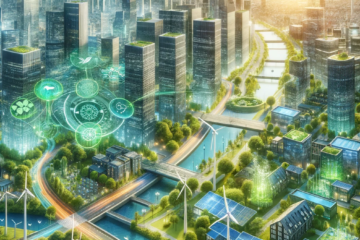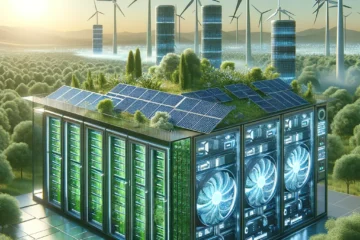The fashion industry, notorious for its substantial environmental footprint, has been facing an increasing demand for sustainable practices. In response, a new wave of textiles has begun to emerge—eco-fabrics. These materials promise not only style and comfort but also a path to a more sustainable future. This article delves into the world of eco-fabrics, exploring their benefits, the leading materials, the impact on industry practices, the production challenges they face, and the potential they hold for the future of the textile industry.
Introduction to Eco-Fabrics
Eco-fabrics are materials that have been designed with the environment in mind. From their inception to disposal, these fabrics aim to minimize harmful impacts on the planet. They are crafted from sustainable resources, involve eco-friendly manufacturing processes, and are often biodegradable or recyclable. Eco-fabrics are not just a trend; they represent a vital shift toward environmentally conscious fashion and textiles.
Benefits of Sustainable Textiles
Sustainable textiles offer a myriad of benefits over conventional fabrics. They reduce the depletion of non-renewable resources, decrease water and energy consumption, and limit the use of hazardous chemicals. Additionally, eco-fabrics can foster biodiversity by supporting organic farming practices. For consumers, these textiles provide the added psychological benefit of knowing that their fashion choices are contributing to the well-being of the planet.
Leading Eco-Fabric Materials
Among the most popular eco-fabrics are organic cotton, bamboo, hemp, and recycled polyester. Organic cotton is grown without toxic pesticides, using methods that support soil health. Bamboo fabric is praised for its rapid growth and biodegradability. Hemp is a durable option that requires minimal water and pesticides. Recycled polyester, made from post-consumer plastic, helps to address the pervasive issue of plastic waste.
The Impact on Industry Practices
The rise of eco-fabrics is compelling the fashion industry to reconsider its practices. Brands are increasingly sourcing sustainable materials and are adopting more environmentally conscious manufacturing processes. The shift is also fostering transparency, as consumers seek information about the origins of their clothing and the conditions under which they were made. This awakening is pushing the industry towards a more responsible future.
Challenges in Eco-Fabric Production
Despite their promise, there are significant challenges in eco-fabric production. The cost of sustainable materials can be higher than traditional textiles, making it difficult for brands to maintain competitive pricing. The availability of eco-fabrics is still limited, and there can be issues with consistency and quality. Additionally, the infrastructure for recycling textiles is not yet sufficiently developed, hindering the potential for closed-loop systems.
The Future of Green Textiles
The future of green textiles is bright, with innovations in material science and technology paving the way for even more sustainable options. Biotechnology is being harnessed to grow fabrics from microorganisms, and research into improving the recyclability of textiles is ongoing. As consumer awareness and demand continue to grow, the industry will likely see an increase in investment and development in eco-fabrics, weaving a greener tomorrow.
Eco-fabrics represent more than a passing trend in the textile industry—they are a crucial component in the pursuit of sustainability. While challenges remain, the benefits and ongoing innovations in sustainable textiles signal a transformative shift in fashion and fabric production. With a continued focus on environmental impact, the future of textiles is set to be greener, cleaner, and more responsible, leading to a future where we can all wear our choices with pride, knowing they contribute positively to our planet.




